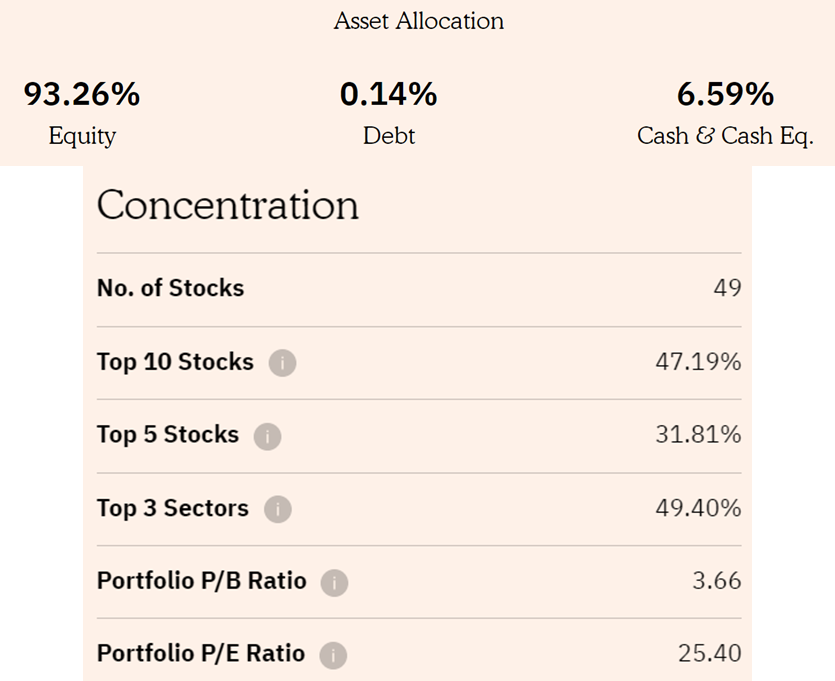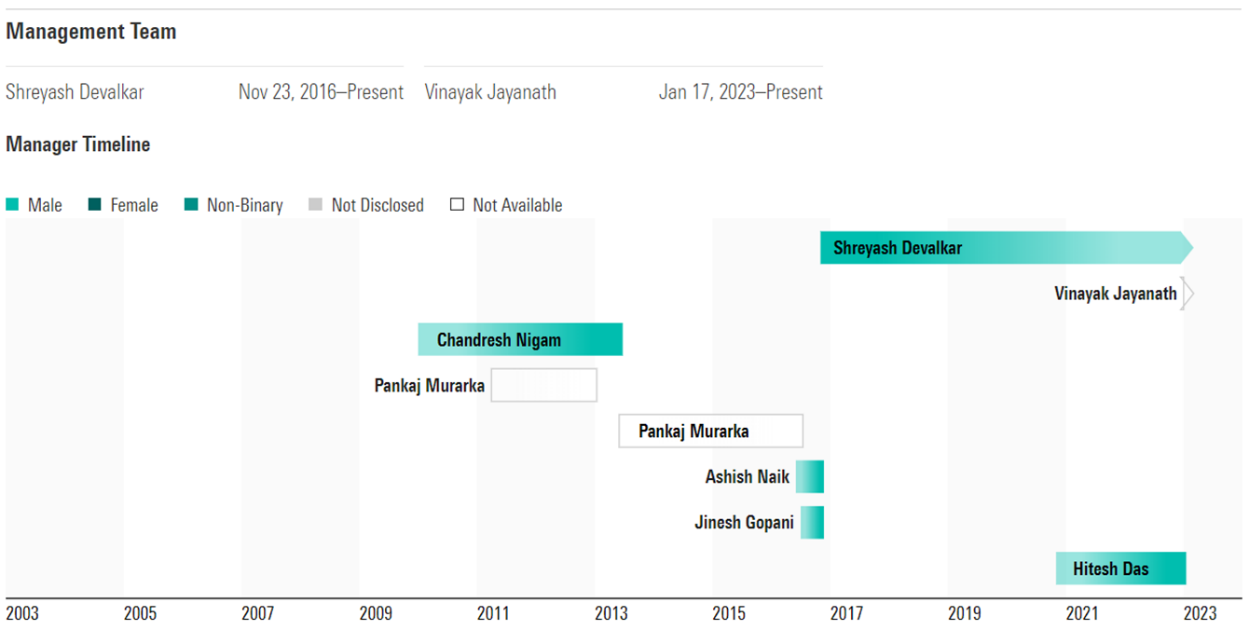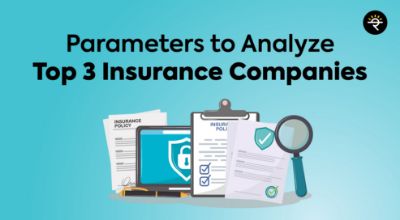After a long afternoon, you’ve finally finished your chores and got some time for yourself. You decide to put the radio on and enjoy some good music. After a few mainstream songs, you hear a song that you have never heard. It does not matter whether it’s an old song or a new one because you loved it. In fact, you loved that song so much that you add it to your daily playlist. You ask your friends about this great song that you discovered on the radio, but none of them have heard it. And that’s when you realize that you have stumbled upon a gem of an underrated song! Not just that, but the delight and the essence of this discovery makes it even more satisfying, isn’t it? I am sure we all have at least one such underrated song in our playlists. So how do you feel about discovering such an underrated stock or an undervalued stock as we call it in the markets and reaping the benefits out of it? Now an excited smart investor like you might say, “YASSS! But how do I find one?..” Well, you obviously won’t stumble upon it on the radio like you did with the song, so to find out “how?”... Keep reading ahead because you are about to learn it in the next 5-10 mins!
How to find an Undervalued Stock?
An Undervalued stock is the one whose market price is lower than its Intrinsic value and has promising growth potential. They might be undervalued for reasons like market crash, low recognition or sometimes because of bad press. Here are few metrics which we can look for, in order to identify these Gems in the stock market for Long term investing.
1) Price-to-Earnings Ratio (P/E)
P/E ratio is the most popular and favored metric amongst Value investors. This ratio tells us how much the market is willing to pay compared to a company’s earnings. It is calculated by dividing Market price per share (MPS) by Earning per share (EPS) of a company.
Formula:
P/E Ratio = Market Price per share/ Earnings per share
A high P/E indicates that the stock is expensive or overvalued whereas a low P/E indicates that the stock is low-priced or undervalued. It is important that you compare a stock with its industry peers to determine if it’s overvalued or undervalued
Let’s understand this with an example. Stock A has a market price of Rs. 50 and is earning Rs 40 per share. The P/E for Stock A would be 1.25 (50/40). Then, we have Stock B whose Market price is Rs. 20 and is earning Rs. 25 per share. Thus, the P/E for Stock B would be 0.8 (20/25). So, in our first case you are paying Rs 50 to earn profit of Rs 40 whereas in second case you are only paying Rs. 20 to earn profit of Rs. 25!...What does this tell us? Yes, you’re right. We need to look for lower P/E to identify an undervalued stock which is Stock B with 0.8 P/E from our example.
2) Price-Earnings to Growth Ratio (PEG)
PEG ratio takes P/E ratio little further by adding expected earnings growth rate in the equation. Hence, PEG is forward-looking. It is calculated by dividing P/E ratio by EPS Growth of a stock.
Formula:
PEG Ratio = P/E ratio / EPS Growth rate
Just like P/E, a high PEG indicates overvaluation and a low PEG indicates undervaluation. A company with low PEG ratio and strong earnings growth could prove to be promising. As a rule of thumb, a stock with PEG above 1 is considered to be overvalued and a stock with PEG below 1 is considered to be undervalued. Let’s take our previous example ahead to understand this. Stock A has a P/E ratio of 1.25 and Stock B has a P/E ratio of 0.8. Say Stock A has an EPS growth rate of 10% and Stock B has 12% EPS growth rate. The PEG for Stock A would be 0.125 (1.25/10) whereas that for Stock B would be 0.067 (0.8/12). Hence, Stock B wins again!
3) Price-to-Book Ratio (P/B)
The price-to-book ratio compares a company's market value to its book value. It is calculated by dividing Market price per share by Book value per share. It measures how much investors are willing to pay for each rupee of a company’s net value. Book value is the net asset value of a company which its shareholders would receive in case of liquidation. Book value per share is calculated by dividing Equity Share Capital less preferred stock by number of equity shareholders.
Formula:
P/B ratio = Market price per share/ Book value per share
Just like the previous 2 ratios, this ratio also reflects a high P/B ratio as overvaluation and low P/B as undervaluation.
Let’s continue with same example from before to understand this. Stock A has a Market price per share of Rs. 50 and let’s say its book value is Rs. 30. So, the P/B for stock A would be 1.67 (50/30). Stock B has a market price per share of Rs. 20 whereas its book value is Rs.22 per share. So, the P/B for stock B would be 0.9 (20/22) and here we have a winner.
If you’re looking for long term investment and wealth creation then obviously you would be interested in knowing how much dividends a company is paying to its shareholders. This is when Dividend yield ratio comes into picture. This ratio measures the amount paid by a company as Dividends to its shareholders compared to its Market price. It is calculated by dividing Dividend per share by Market price per share.
Formula:
Dividend Yield Ratio = (Dividend Per Share/Market Price Per Share) * 100
A dividend paying company is always in the good books of investors because these companies reflect good financial position enabling them to share their profits with us. Higher dividend yield is always favorable however, it is important to compare it with the industry average and its peers.
Let’s say Company A and B are both paying a dividend of Rs. 10 per share. But the market price for Company A is Rs. 50 whereas for Company B it’s Rs. 30 per share. Hence, the Dividend yield of Company A is 20% ([10/50] *100) and that of Company B is 33.34% ([10/30] *100). So, by paying only Rs 30 for a stock of Company B, I can get 33.34% dividend yield compared to the 20% dividend yield on paying Rs.50. This is the reason why investing in an undervalued stock can be fruitful in long run.
5) Debt-to-equity ratio (D/E)
This ratio is a simple measure of how much debt you use compared to your owned funds to run your business. It is calculated by dividing a company’s total liabilities by shareholders’ equity.
Formula:
D/E Ratio= Total Debt/ Shareholder’s Equity
If a company’s D/E ratio is too high, it may be a sign of financial distress and reliance on heavy debt to run your daily business activities. But if it’s too low, it’s a sign that your company is over-relying on equity to finance your business. Hence, it is important that a company manages to strike a good balance between the two whilst keeping its books intact. It would be reasonable to compare a company’s D/E ratio with its industry peers and industry average to know the overall scenario.
Let’s say, Company A has a Debt of Rs. 10 Lacs and shareholders’ equity of Rs. 4 Lacs. So, the D/E ratio would be 2.5 (10/4). On the other hand, Company B has a debt of Rs. 8 Lacs and shareholders’ equity of Rs. 10 Lacs then the D/E ratio would stand at 0.8 (8/10), which is much better than its peer- Company A.
6) Return on Equity (ROE)
Return on Equity ratio measures a company’s profitability with respect to its Equity. It tells us how efficiently a company is using its shareholder's equity fund to generate profits. It is calculated by dividing Net income by Shareholders Equity.
Formula:
ROE = (Net Income/ Shareholders Equity) * 100
ROE can differ from sector to sector because of different assets and debt requirements. Thus, it is best practice to compare a company’s ROE with the Industry ROE average. ROE above industry average is considered good. A company should be able to maintain a stable or rising ROE over the time. If a company's ROE is growing, its P/B ratio should be growing too. It is important to notice if the company’s high ROE is because of increasing profits or more debt, which is why D/E ratio is worth checking out.
Let’s look at an example. Say, Company A has a Net income of Rs. 100 Cr and Shareholders’ Equity of 1000 Cr, then ROE would be 10% ([100/1000] *100). Say, Company B has the same Net income of 100 Cr and Shareholders’ Equity of 500 Cr then ROE would be 20% ([100/500] *100). So, we can say that Company B is generating more profits more efficiently than Company A using its shareholder's equity fund.
There are many ratios and metrics you can look at beyond this list. What’s important is that they help you identify an undervalued stock at right time. You can use various platforms like Screener. in, Investing.com, Tradingview.com, etc. to filter stocks according to your favorite metrics and criterion
Look beyond numbers
Screening just the numbers isn’t enough. If you find such a company meeting your specified criterion, it is essential to study the business of that company too. For starters, go for a company whose business you understand,check whether that business is sustainable. Study their business model and various initiatives taken by them for conducting business seamlessly.

Look at the Shareholding pattern and the shareholding of the promoters in the company. That will tell you about the promoter’s interest and confidence in the company. A company having any kind of competitive advantage over its competitors is even more convincing. It is important to learn their future outlook, business strategy, and sectoral growth aspect before investing your hard-earned money.
Bottom line: Be patient!
All these factors combined together can re-assure your investment decision in a company. There are 5,500 stocks listed in India. Take it slow, find the metrics which suits your investment style best, and then make an informed investment decision. The aim here is to make the most out of the company with great potential. As per Dow theory, price always corrects itself to its fair value in the markets and when it does, guess who will be making money out of it? Yes! My friend. It’s you! I am sure you will find such underrated gems to add value to your portfolio.
























 Conclusion:
Conclusion:







